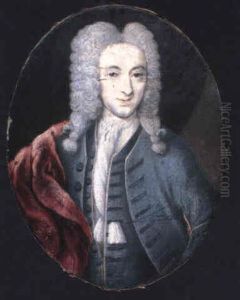Jacques Bisson Paintings
Jacques Bisson was a Canadian visual artist born in 1922, primarily known for his work as a painter. Although not as widely recognized as some of his contemporaries, Bisson made a significant contribution to the Canadian art scene, particularly in Quebec, where he spent the majority of his career. Bisson's work was often characterized by his use of vibrant colors and his exploration of the relationships between light, shadow, and form.
Bisson's early life was marked by an immersion in the cultural milieu of Quebec, where the arts were flourishing in new and exciting ways. He studied at the École des Beaux-Arts in Quebec City, which was a center for artistic education in the province. There, he was influenced by a variety of artistic movements and his instructors, many of whom were prominent figures in Canadian art. Bisson's style evolved over the years, showing elements of Impressionism, Expressionism, and eventually moving towards a more abstract representation in his later works.
Throughout his career, Jacques Bisson participated in numerous exhibitions, both solo and group shows, and his paintings were collected by various institutions and private collectors in Canada. Despite the appreciation he received during his lifetime, Bisson remained somewhat on the periphery of the dominant art narratives of his time, which were often centered around larger cultural hubs like Montreal and Toronto. Nevertheless, his dedication to his craft and his unique voice in the Canadian art landscape were recognized by those who followed regional art developments.
Bisson's later years were marked by a continued passion for painting and an engagement with the artistic community in Quebec. He passed away in 2007, leaving behind a legacy that has been appreciated by art historians and collectors who have a keen interest in the evolution of Canadian art during the 20th century. His works continue to be displayed in retrospectives and are a testament to his lifelong commitment to exploring the visual language of painting.

